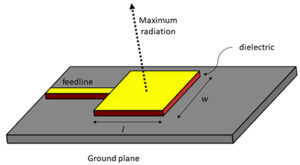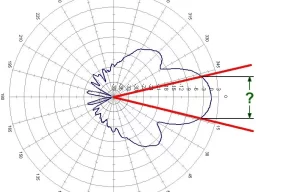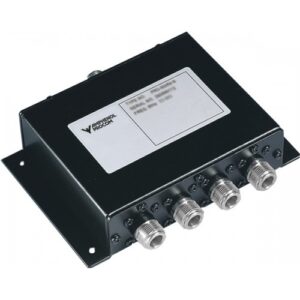Table of Contents
Category 3 (Cat 3)
Category 3, also known as Cat 3, is a cable that supports data transmission up to 16 MHz, primarily used for telephone networks and 10Base-T Ethernet. The typical lifespan of Cat 3 cables is up to 20 years, and many office buildings constructed in the 1990s still use Cat 3 cables for telephone system connections.
In home applications, Cat 3 cables can be used for telephone line wiring, with prices usually around a few yuan per meter, making it an economical choice when on a limited budget. Some small businesses continue to use Cat 3 cables because upgrading to higher-standard cables might require higher costs and more time. For example, a well-known media outlet reported a small business that still relies on Cat 3 cables for daily telephone communication in its old office environment.
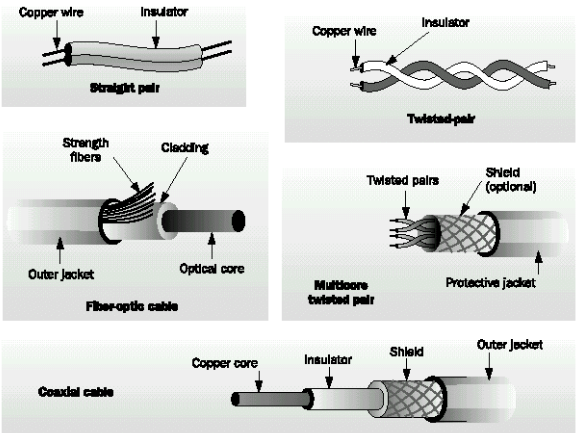
Category 5e (Cat 5e)
Category 5e, also known as Cat 5e, is an enhanced twisted pair cable designed to support higher data transmission rates and lower crosstalk. Cat 5e cables support data transmission up to 100 MHz and can handle the demands of Gigabit Ethernet (1000Base-T).
The typical lifespan of Cat 5e cables is about 15 to 20 years. In many modern office buildings and home networks, Cat 5e is the standard wiring choice. According to a network engineer from a well-known IT company, the choice of Cat 5e cables is based on their stable performance and relatively long lifespan, with prices usually ranging from a few yuan to a dozen yuan per meter.
Category 6 (Cat 6)
Category 6, also known as Cat 6, is a high-performance twisted pair cable designed to support higher data transmission rates and lower signal interference. Cat 6 cables support data transmission up to 250 MHz, meeting the needs of Gigabit Ethernet (1000Base-T) and short-distance 10 Gigabit Ethernet (10GBase-T).
The lifespan of Cat 6 cables is typically between 10 to 15 years. In many newly built and renovated commercial buildings, Cat 6 cables have become the standard choice. A large technology company fully adopted Cat 6 cables in the construction of its data center, with prices ranging from a dozen yuan to several dozen yuan per meter.
Category 6a (Cat 6a)
Category 6a, also known as Cat 6a, is an enhanced version of Category 6 cables designed to support higher data transmission rates and lower signal interference. Cat 6a cables support data transmission up to 500 MHz and can support 10 Gigabit Ethernet (10GBase-T) over distances up to 100 meters.
The lifespan of Cat 6a cables is typically between 10 to 20 years. For example, a globally renowned data center operator adopted Cat 6a cables in its latest data center project, with prices ranging from about 20 yuan to 50 yuan per meter. For households that enjoy 4K streaming video or high-bandwidth online gaming, Cat 6a cables can provide stable, high-speed connections, reducing latency and enhancing user experience. For instance, a home theater enthusiast mentioned that after upgrading to Cat 6a cables, streaming became smoother, and video quality significantly improved.
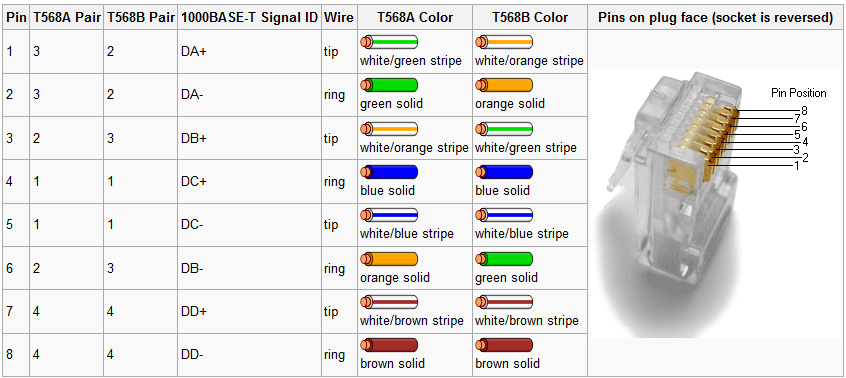
Category 7 (Cat 7)
Category 7 cables, also known as Cat 7, support data transmission up to 600 MHz and are primarily used in network environments that require extremely high bandwidth and minimal signal interference. The cost per meter ranges from approximately 50 to 100 yuan, and the standard transmission distance can reach up to 100 meters. The lifespan of these cables is between 15 to 20 years.
Cat 7 cables have shielding capabilities. For instance, a financial company located in a busy commercial area that uses Cat 7 cables to build its corporate network can save about 20% on maintenance costs each year.
Category 8 (Cat 8)
Category 8 cables, or Cat 8, are among the strongest copper twisted pair cables currently available on the market, supporting data transmission frequencies up to 2000 MHz. Designed for short-distance applications, such as internal connections in data centers, they can reach a maximum transmission distance of 30 meters, making them very suitable for high-speed network environments like 25GBase-T or 40GBase-T.
The price of Cat 8 cables ranges from 80 to 150 yuan per meter, and their lifespan is between 15 to 20 years. Cat 8 cables feature a shielding design. A network engineer from a leading global cloud service provider pointed out that using Cat 8 cables significantly improved the network speed in data centers.
Singlemode Fiber (SMF)
Singlemode Fiber (SMF), or single-mode optical fiber, is specifically designed for long-distance and high-bandwidth data transmission. It has a very small core diameter (usually 8 to 10 microns) that allows only a single mode of light to propagate. The cost per meter varies from several to tens of yuan, and its lifespan usually exceeds 30 years.
Singlemode fiber supports data transmission speeds up to 100 Gbps and can transmit distances over 100 kilometers. It is commonly used to connect networks between cities and to facilitate high-speed connections between data centers. A technical director at a telecommunications company stated that adopting single-mode fiber significantly improved the network’s coverage and signal quality, and network maintenance costs can be reduced by about 30% annually.

